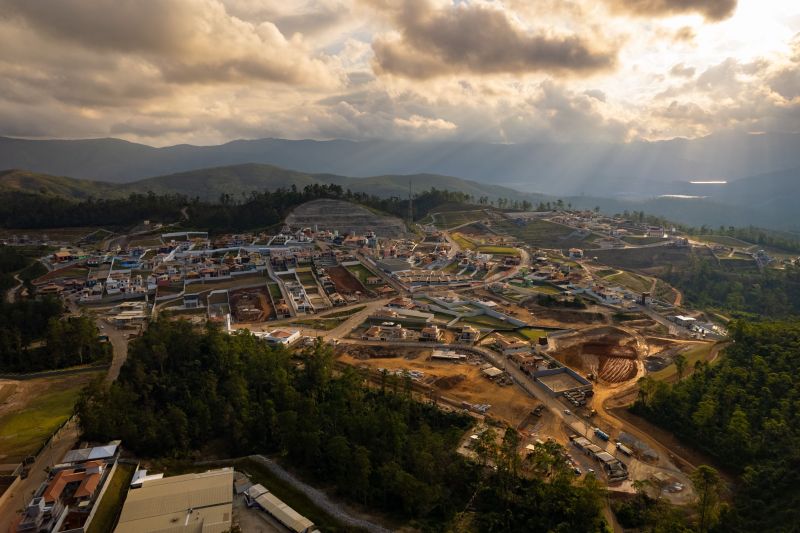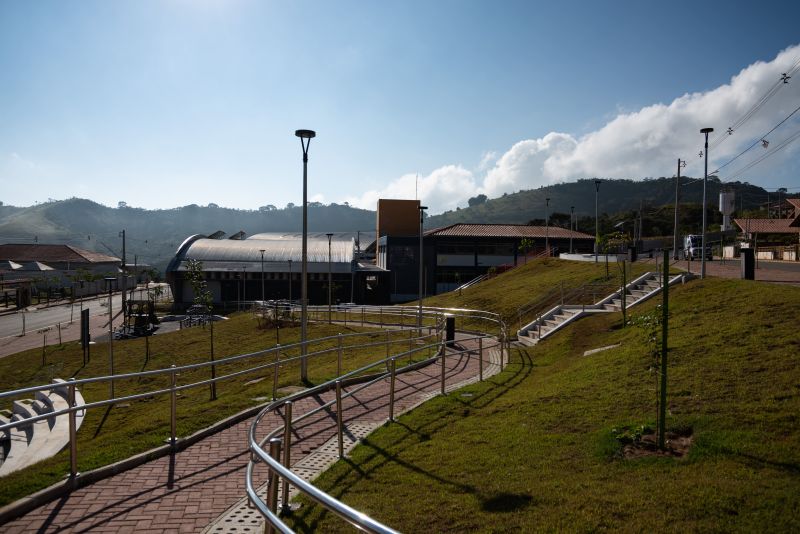On November 5, 2015, a catastrophic event unfolded in Brazil: the rupture of the Mariana Dam, releasing a torrent of toxic waste that swept through the small town of Bento Rodrigues and beyond, devastating communities and ecosystems alike. This disaster, one of the largest environmental tragedies in the nation’s history, not only claimed lives but also exposed deep-seated vulnerabilities in Brazil’s health policies.
In the aftermath, the haunting specter of contamination loomed large, forcing policymakers to confront the glaring inadequacies in health infrastructure and response mechanisms. As communities grappled with the psychological and physical repercussions of the disaster, a powerful dialogue emerged, one that would irrevocably alter the landscape of public health legislation.
This article explores how the Mariana Dam disaster propelled Brazil into a critical re-evaluation of its health policies, igniting a movement for reform aimed at safeguarding the health and welfare of its citizens in the face of environmental crises.
Introduction: The Mariana Dam Disaster and Its Aftermath

The Mariana Dam Disaster, which unfolded in November 2015, was not just a catastrophic failure of engineering; it represented a profound human tragedy that reverberated across Brazil, leaving in its wake a sobering legacy of loss and devastation. When the dam owned by Samarco, a joint venture between Vale S.A. and BHP Billiton, collapsed, it released millions of cubic meters of toxic mining waste into the Doce River, obliterating entire communities and claiming lives, while contaminating water sources critical for survival.
The aftermath illuminated glaring inadequacies in Brazils regulatory frameworks, prompting urgent calls for reform in health policies related to environmental disasters. As the nation grappled with the physical and psychological toll of the disaster, it became increasingly clear that the systemic failures not only endangered ecological integrity but also jeopardized public health for generations to come.
In the shadow of this tragedy, Brazil began to rethink and reshape its approach to health policy, reconsidering the intricate connections between environmental stewardship and community well-being.
Mental Health Consequences and Policy Reforms

The Mariana Dam disaster unleashed a tidal wave of mental health repercussions that echoed far beyond the immediate catastrophe, compelling Brazil to reassess its health policies with urgency and depth. Survivors grappled with an array of psychological challenges—from trauma and anxiety to depression, many feeling isolated amidst the collective grief that swept through their communities.
This seismic shift in public consciousness prompted policymakers to integrate mental health care into disaster response frameworks, recognizing it as an essential component rather than an afterthought. In a country still struggling with historical gaps in mental health services, the disaster catalyzed reforms aimed at providing accessible, culturally sensitive support, particularly in marginalized areas disproportionately affected by the tragedy.
As Brazil navigates this complex landscape, the intertwining of environmental policy with mental health has sparked a broader dialogue on resilience, recovery, and the imperative of prioritizing psychological well-being in future legislative agendas.
The Role of NGOs and Civil Society in Shaping Health Policy

The Mariana Dam disaster unleashed a tidal wave of activism that reshaped the landscape of health policy in Brazil, highlighting the pivotal role of NGOs and civil society organizations. These groups, often on the front lines of environmental and health crises, mobilized communities, disseminated critical information, and advocated for vulnerable populations affected by the disaster.
Their grassroots efforts, which included organizing protests, delivering educational workshops, and collaborating with health professionals, created a powerful narrative that underscored the connection between environmental degradation and public health. Furthermore, the persistent lobbying for policy reform spurred government accountability and prompted the inclusion of health impact assessments in project planning.
This transformative journey illustrated that when communities unite and leverage collective knowledge, they can influence the trajectory of health policy, demanding not only immediate responses but also long-term changes to safeguard public health against future catastrophes.
Conclusion
In conclusion, the Mariana Dam disaster was a pivotal event that highlighted the urgent need for comprehensive reforms in health policy in Brazil. The tragic collapse of the dam in Mariana Minas Gerais, served as a catalyst for raising awareness about the long-term health impacts of industrial accidents on communities, particularly regarding exposure to toxic substances. In response, policymakers have begun to implement stricter regulations and promote a more integrated approach to public health that prioritizes environmental safety.
This disaster has not only reshaped the landscape of health policy but has also galvanized public demand for accountability and better health protection measures. As Brazil moves forward, the lessons learned from Mariana must continue to inform a proactive and resilient health policy framework that safeguards the well-being of its citizens against future industrial risks.

